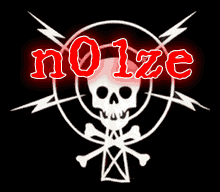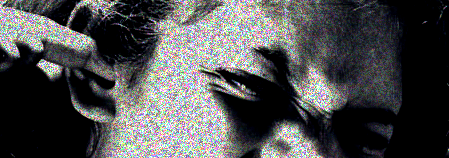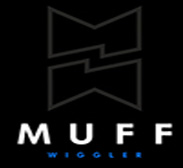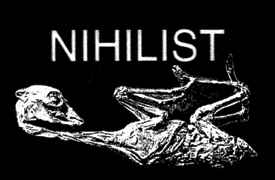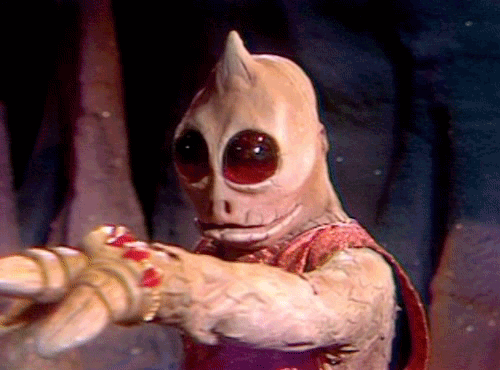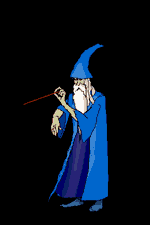

In common use, the word noise means unwanted sound or noise pollution.In electronics noise can refer to the electronic signal corresponding to acoustic noise (in an audio system) or the electronic signal corresponding to the (visual) noise commonly seen as ‘snow’ on a degraded television or video image. In signal processing or computing it can be considered data without meaning; that is, data that is not being used to transmit a signal, but is simply produced as an unwanted by-product of other activities. Noise can block, distort, or change the meaning of a message in both human and electronic communication. White noise is a random signal (or process) with a flat power spectral density. In other words, the signal contains equal power within a fixed bandwidth at any center frequency. White noise is considered analogous to white light which contains all frequencies. In much the same way the early modernists were inspired by na�ve art, some contemporary digital art noise musicians are excited by the archaic audio technologies such as wire-recorders, the 8-track cartridge, and vinyl records. Many artists not only build their own noise-generating devices, but even their own specialized recording equipment and custom software.

Noise is a category of music that is characterised by the expressive use of noise within a musical context. This type of music tends to challenge the distinction that is made in conventional musical practices between musical and non-musical sound. Noise music includes a wide range of musical styles, and sound based creative practices, that feature noise as a primary aspect. It can feature acoustically or electronically generated noise, and both traditional and unconventional musical instruments. It may incorporate live machine sounds, non-musical vocal techniques, physically manipulated audio media, processed sound recordings, field recording, computer generated noise, stochastic process and other randomly produced electronic signals such as distortion, feedback, static, hiss and hum. There may also be emphasis on high volume levels and lengthy, continuous pieces. More generally noise music may contain aspects such as improvisation, extended technique, cacophony and indeterminacy, and in many instances conventional use of melody, harmony, rhythm and pulse is often dispensed with.
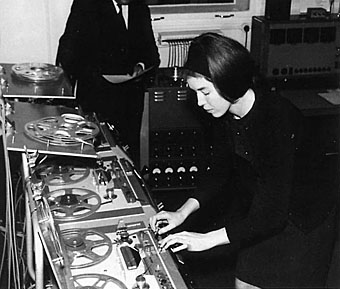
In music, the definition of noise has changed drastically over time and is still debated today. The simplest common usage of the word noise is that of unwanted sound, and, although clearly subjective, in some sense this definition also works in the context of music. Noise in music is of a volume/tonality/structure which breaks from previously held traditions of what is ‘pleasant’ to the ear of the average person, or consonant. What may be considered at the time to be noise can be the sound desired by a particular composer and, one would hope for the composer’s sake, later embraced by the intended audience. In essence, history has shown that noise in music is unwanted until a musician proves otherwise, with help from a willing audience. Noise can be a disturbance, but disturbance can be key to progression; by prodding at the edges of the normative discrimination, musicians have expanded the appreciation for sounds which previous generations would have found genuinely violative.
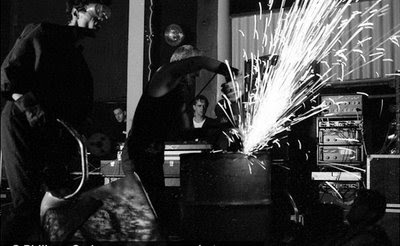
Contemporary noise music is often associated with extreme volume and distortion. In the avant rock domain examples include Sonic Youth’s use of feedback,Steve Albini’s BigBlack and The Psychic Paramount. Other examples of music that contain noise-based features include works by Iannis Xenakis, Karlheinz Stockhausen, Raymond Scott, Edgard Var�se, Pierre Schaeffer, Mort Garson, Brion Gysin, Tod Dockstader, Klaus Schulze, Gil Mell�, John Cage, Ruth White, Survival Research Laboratories, Whitehouse, Cabaret Voltaire, Psychic TV, Skinny Puppy, Nihilist Spasm Band, Mothers of Invention, and La Monte Young’s bowed gong works from the late 1960s. Genres such as Industrial, Japanese Noise, Industrial Techno, EBM, Space Rock, Prog Rock, Synthpop, Neofolk, Goth, Punk, Post-Punk, Black Metal, Doom Metal, Glitchcore, Alternative, Fluxus and Free Jazz music employ noise-based materials.
Experimental sound

In an essay written in 1937, Cage expressed an interest in using extra-musical materials and came to distinguish between found sounds, which he called noise, and musical sounds, examples of which included: rain, static between radio channels, and “a truck at fifty miles per hour”. Essentially, Cage made no distinction, in his view all sounds have the potential to be used creatively. His aim was to capture and control elements of the sonic environment and employ a method of sound organisation, a term borrowed from Varese, to bring meaning to the sound materials. Cage began in 1939 to create a series of works that explored his stated aims, the first being Imaginary Landscape #1 for instruments including two variable speed turntables with frequency recordings.
In the sixties and early seventies, noise was regarded as electronic music or musique concrete, or the recording of nonmusical elements in order to render their sounds unrecognizable. But as disco and funk started using electronic music, the noise scene largely shifted to industrial noise. By the eighties, German industrial bands like Einsturzende Neubauten and SPK were using musique concrete techniques; as was the British industrial-cum-New Wave band Cabaret Voltaire. Some artists turned to punk as an outlet for transgressive expression, while others rejected it.

t was during the eighties that noise went from being a more academic experiment based in theory to a post-industrial pursuit in which sampling or performing with various machines�occasionally including concrete mixers and jackhammers�was part of the appeal. Sampling and loop-based compositions became more accessible. English music and visual arts group Throbbing Gristle, which was founded in 1975 coined the term �industrial music� and started the Industrial Records label. TG made plenty of music, but they also integrated their personal take on cut up method, where they would juxtapose diametric philosophical opposites together in audio.
Industrial music

In the 1970s, the concept of art itself expanded and groups like Survival Research Laboratories, Borbetomagus and Elliott Sharp embraced and extended the most dissonant and least approachable aspects of these musical/spatial concepts. Around the same time, the first postmodern wave of industrial noise music appeared with Throbbing Gristle, Cabaret Voltaire, and NON (aka Boyd Rice). These cassette culture releases often featured zany tape editing, stark percussion and repetitive loops distorted to the point where they may degrade into harsh noise.
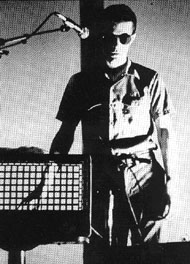
In the 1970s and 1980s, industrial noise groups like Current 93, Hafler Trio, Throbbing Gristle, Coil, Laibach, Steven Stapleton, Thee Temple ov Psychick Youth, Smegma, Nurse with Wound, Einst�rzende Neubauten, The Haters, and The New Blockaders performed industrial noise music mixing loud metal percussion, guitars, and unconventional “instruments” (such as jackhammers and bones) in elaborate stage performances. These industrial artists experimented with varying degrees of noise production techniques. Other postmodern art movements influential to post-industrial noise art are Conceptual Art and the Neo-Dada use of techniques such as assemblage, montage, bricolage, and appropriation. Bands like Test Dept, Clock DVA, Factrix, Autopsia, Nocturnal Emissions, Whitehouse, Severed Heads, Sutcliffe J�gend, and SPK soon followed. The sudden post-industrial affordability of home cassette recording technology in the 1970s, combined with the simultaneous influence of punk rock, established the No Wave aesthetic, and instigated what is commonly referred to as noise music.
Japanese noise music

Since the early 1980s, Japan has produced a significant output of characteristically harsh bands, sometimes referred to under the portmanteau Japanoise, with perhaps the best known being Merzbow (pseudonym for the Japanese noise artist Masami Akita who himself was inspired by the Dada artist Kurt Schwitters’s Merz art project of psychological collage). In the late 1970s and early 1980s, Akita took Metal Machine Music as a point of departure and further abstracted the noise aesthetic by freeing the sound from guitar based feedback alone, a development that is thought to have heralded noise music as genre. According to Hegarty (2007), “in many ways it only makes sense to talk of noise music since the advent of various types of noise produced in Japanese music, and in terms of quantity this is really to do with the 1990s onwards … with the vast growth of Japanese noise, finally, noise music becomes a genre”. Other key Japanese noise artists that contributed to this upsurge of activity include Hijokaidan, Boredoms, C.C.C.C., Incapacitants, KK Null, Yamazaki Maso’s Masonna, Solmania, K2, The Gerogerigegege and Hanatarash.Nick Cain of The Wire identifies the “primacy of Japanese Noise artists like Merzbow, Hijokaidan and Incapacitants” as one the of the major developments in noise music since 1990.

Hanatarashi, along with fellow Noizu bands such as Hijokaidan, indulged in the kind of audial assault that would bring most people to the point of self-induced deafness, but the Super Loft audience signed off on possible death by bulldozer just for the opportunity to experience it, up close and personal. Extreme volume, distortion and cacophony, with a ferocity of performance that completely transgressed the normal bounds of the relationship between the performer and audience, were unrestrained musical expressions that attracted large audiences to the Noizu scene in Japan from the 1980’s onwards. It’s been argued that Noise as a genre was born in Japan at this time; whereby the noise was not a wash or flavour, but the whole. The act of seeking out sounds which most people take care to avoid seems a strange masochistic ritual, but evidenced by the smiles on the faces of the brutalised crowd at the Hanatarashi gig, there is – for some – much to enjoy in noise.
Elektronische Musik
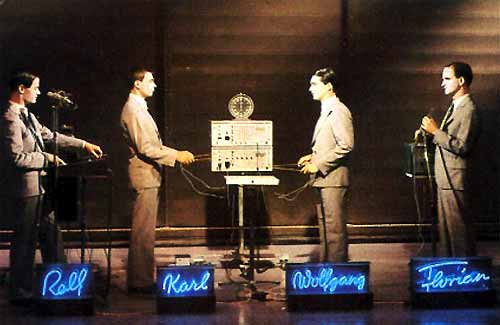
Electronic music is music that employs electronic musical instruments and electronic music technology in its production, an electronic musician being a musician who composes and/or performs such music. In general a distinction can be made between sound produced using electromechanical means and that produced using electronic technology. Examples of electromechanical sound producing devices include the telharmonium, Hammond organ, and the electric guitar. Purely electronic sound production can be achieved using devices such as the theremin, sound synthesizer, and computer.

In 1968 three young musicians, Conrad Schnitzler, Hans-Joachim Roedelius and Klaus Schulze, founded the “Zodiak Free Arts Lab” in Berlin. This became the first venue for popular electronic music in Europe. That can be considered the moment when German musicians figured out that strategic relationship between psychedelic music and avantgarde music. The following year, Can debuted, playing rock music inspired by the classical avantgarde and by modern jazz. In 1970 Kluster (Cluster) began recording keyboards-based instrumental music that was inspired by the industrial society, with an emphasis on static drones (the prodromes of both industrial and ambient music). 1971 is the year when Tangerine Dream invented “kosmische musik”, using synthesizers and sequencers instead of guitars and drums. The “trip” of acid-rock had turned into a “journey” into the cosmos. At the same time, Faust began recording songs that were, de facto, studio collages of rock music, electronic sounds and “concrete” noise.

1972 is the year that German musicians went spiritual: Popol Vuh released In Den Gaerten Pharaos, recorded inside a cathedral, and fusing electronic music and Eastern music (thus predating new-age music); and Deuter released Aum, a fusion of Eastern and Western religious music, of acoustic instruments and natural sounds. It was also the year that kosmische musik found its definitive format: the long, electronic suite. Tangerine Dream’s Zeit, a double album that contained four side-long suites, and Klaus Schulze’s Irrlicht, a cosmic symphony played with electronic instruments, were the archetype that would be copied for the next 30 years.
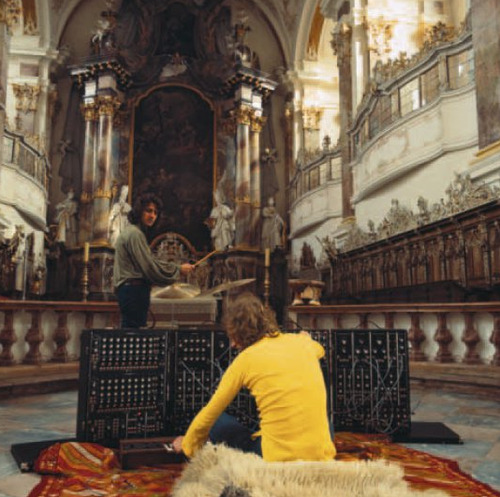
In America and Europe, live electronics were pioneered in the early 1960s. In the 1970s to early 1980s, the Moog became the most widely used synthesizer in both popular and electronic art music. After some enhancements and revisions, the new standard was introduced as “Musical Instrument Digital Interface” (MIDI) at the Winter NAMM Show by Dave Smith in 1983, when a Sequential Circuits Prophet-600 was successfully connected to a Roland Jupiter-6.

As computers became affordable and more powerful, MIDI became a staple in studios, along with growing racks of synths, drum machines, sequencers and samplers, with control rooms expanded to house all of this gear. During the years, the original MIDI spec was enhanced with features such as MIDI Sample Dump, MIDI Time Code, MIDI Show Control, MIDI Machine Control and General MIDI, as well as incorporating MIDI sequencing into the DAW environment has created the sounds of the modern electronic age transversing all facets of society.
Space Rock
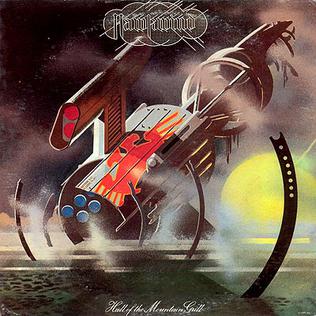
Outerspace, innerspace and urbanspace – all these areas have been explored by space-rock, a nebulous term covering musique concrete, punk, post-punk, and other sub-genres where the distortion is turned up and the electronics are set to stun.
Space rock is a subgenre of rock music; the term originally referred to a group of early, mostly British, 1970s progressive and psychedelic rock bands such as Hawkwind, Gong and Pink Floyd, characterised by slow, lengthy instrumental passages dominated by electronic organs, synthesizers, experimental guitar work and science fiction or outer space-related lyrical themes.
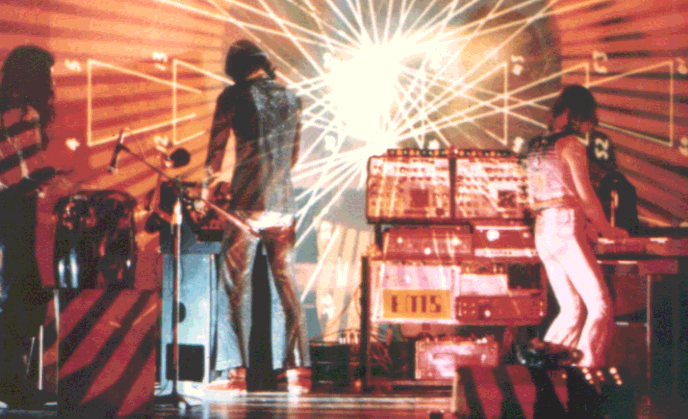
Several artists pursued the electronic side of spacerock, such as SILVER APPLES and Ozric Tentacles, whilst the BBC RADIOPHONIC WORKSHOP added a distinct Britishness to proceedings. The Germans also produced their own unique contributions to the idiom with AMON D��L II, NEU and ASH RA TEMPEL. At the close of the �70s several artists such as CHROME utilised the punk spirit to reinvigorate spacerock.
Neofolk

Neofolk is a form of folk music-inspired experimental music that emerged from post-industrial music circles. Neofolk can either be solely acoustic folk music or a blend of acoustic folk instrumentation aided by varieties of accompanying sounds such as pianos, strings and elements of industrial music and experimental music. The genre encompasses a wide assortment of themes. Neofolk musicians often have ties to other genres such as neoclassical and martial industrial. Lyrically the genre often deals with themes such as heritage, eschatology, paganism, nihilism, pantheism, counterculture, and militarism. Neofolk is considered to have originated in the United Kingdom and is still predominantly a European genre, with many artists coming from Nordic countries.

Changes are considered the fathers of Apocalyptic Folk formed in Chicago 1969 as a duo of Taylor and Tesluk. During the time Taylor was playing with Changes, he was heavily influenced by members of the Process Church of Final Judgement, a British Apocalyptic “cult” from the mid-1960s led by Mary Ann and Robert DeGrimston. They originally made a few rough very obscure recordings, some of which were recently re-mastered. Changes saw three distinct periods with rotating band members before their contemporary incarnation, heavily associated with the neofolk genre.
David Tibet’s project, Current 93, that often employed Nurse With Wound’s Steve Stapleton, Coil’s John Balance and/or 23 Skidoo’s Fritz Haaman, centered on lugubrious ceremonies. Nature Unveiled (1984), the quintessence of Tibet’s black masses, fusing mantra and Gregorian invocations, “unveiled” an ode to eternal suffering, a terrifying fresco of the Universal Judgement. Much of Current 93’s early work was similar to late 1970s and early 1980s industrial music: abrasive tape loops, droning synthesizer noises and Tibet’s distorted, excoriating vocals. His experiments on the human voice peaked with Dogs Blood Rising (1985), another sonic puzzle aimed at creating sinister atmospheres.

Tibet’s new course was announced by Imperium (1987), a suite of sepulchral elegies imbued of themes from medieval Christianity, set to the usual sound of hell, and embellished with instruments of the Renaissance. This bard of apocalyptic folk ballads that were not particularly musical until Island (1991) reversed direction and adopted slick and moving arrangements. David Tibet’s pagan acoustic folk, that hardly related to his beginnings, would become a genre in its own.
Various forms of neopaganism play a part in the themes touched upon by many modern and original neofolk artists. Runic alphabets, heathen European sites and other means of expressing an interest in the ancient and ancestral occurs often in neofolk music. Aesthetically, references to this subject occur within band names, album artwork, clothing and various other means of artistic expression. This has led to some forefathers of the genre and current artists within the genre attributing it to being an aspect of a broader neopagan revival.
Doom Metal

After the great steel factory accident of 1967 that turned Tony Iommi, master of doom and reality, into Iron Man, Doom metal was Born. Doom metal traces its roots to the lyrical themes and undisputed revolutionary heaviness of early Black Sabbath. Emerging in the latermetal scene with such bands as Saint Vitus, Pagan Altar, Witchcraft General, Trouble, Candlemass, Dream Death, & SLEEP… the doom metal movement rejected other metal styles’ emphasis on speed, slowing its music to a crawl. Electric Wizard have also been a significant influence on modern Doom metal and a number of its subgenres. Doom emphasizes heavy slow riffs, supernatural occult overtones, and extreme volume for inducing trancelike conjurations of the paranormal.

Doom metal has slower melodies and dark lyrical themes, usually dealing with death, destruction, and feelings of despair and Lovecraftian evocations. The sound is heavy and thick, due in part to the guitar tone, with distortion, tritones, and pentatonic scales usually prevalent characteristics in the guitar work. The style is composed of heavy or extreme metal music most characterized by its mesmerizing low pitch drop tuning guitars, which can be conveyed in a number of ways: while the music is often slow and minimalist, it can be extremely heavy and crushing wall of sound as well as more melodic and hypnotic. Anyone with a reasonable grasp of the genre surely understands the inherent variety caused by the more avant-garde bands as well as various partial fusions with other genres. One can just as easily find a slow doom/death album as a melodic, clean sung one; a somewhat distorted screaming, much less melodic approach is not uncommon, and a mix of noise and doom metal can be achieved for attaining supreme mastery.
Summoning ov thee Wizards
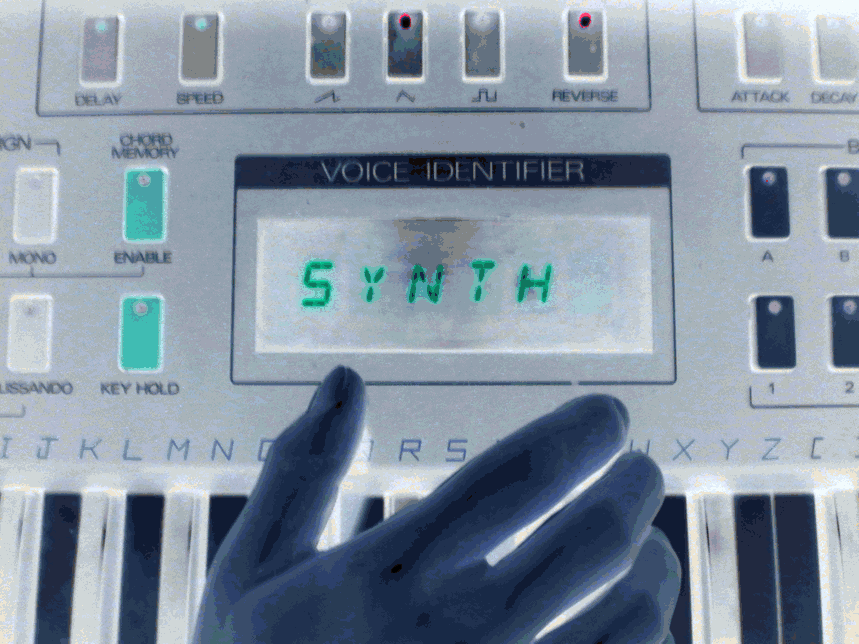
If you have the ability for comprehending these pages, We are currently networking for furthering various projects including submissions for our N01ZE Podcast & Compilation Series; Sonick Artists, Composers, Audio Engineers/Editors and Shoutcast streaming Hosts for creating ritual shows consisting of any of the forementioned stylistic formats, plus anything Weird, Strange, Bizarre, Entertaining…. Modular Synth, Drone, Electro EBM, Power Electronics, Extreme Metal, Obscure Experimental Noise mixed with Horror Movie & SciFi SoundTracks? Let’s hear what you have got! Contact us for more info & establishing future collaborative communications on thee SynthWizards Forum or use TELEPATHY.
RonDeletesBookmarkToManiacsonly.gif
![]()


